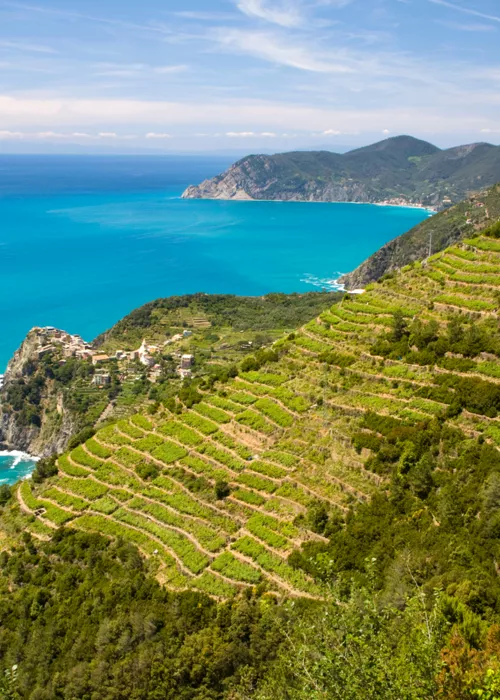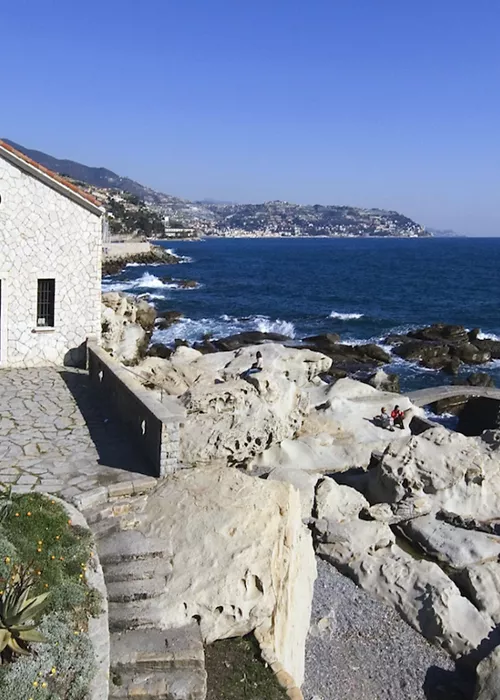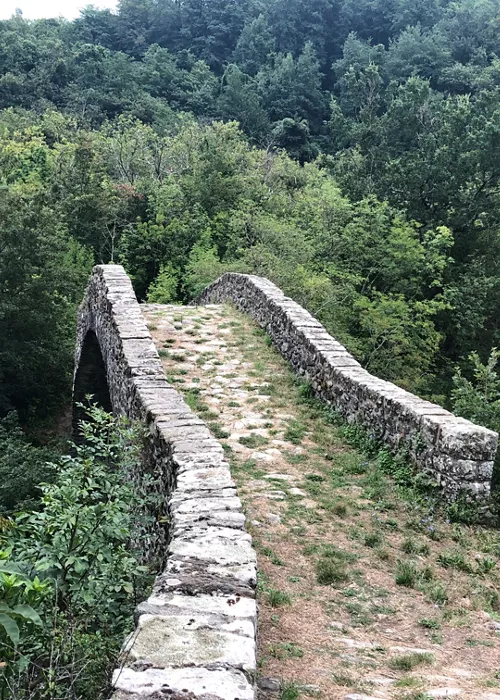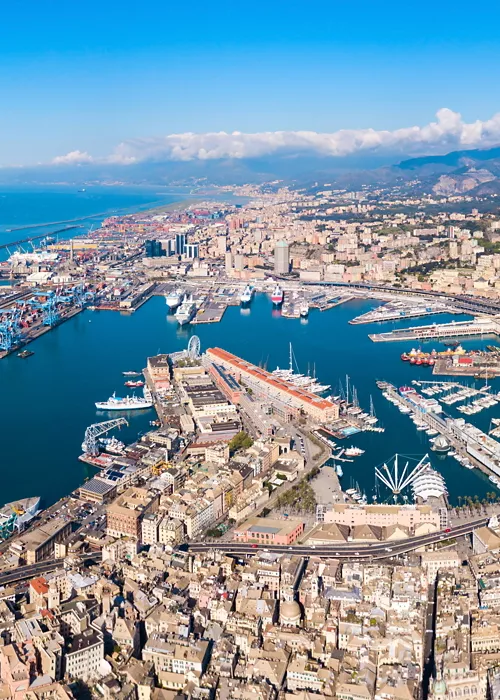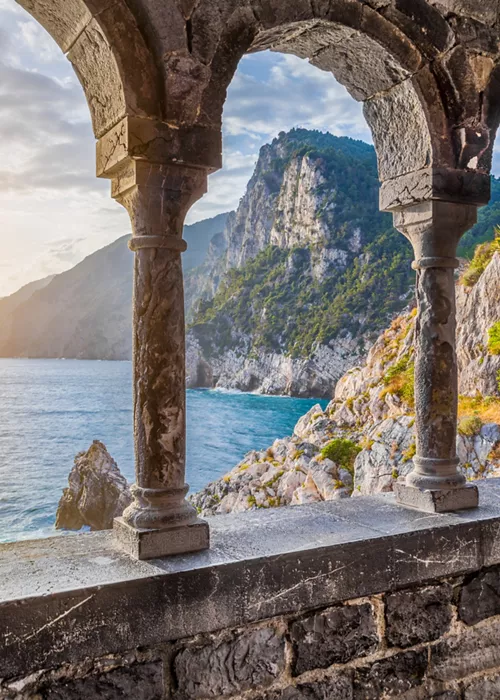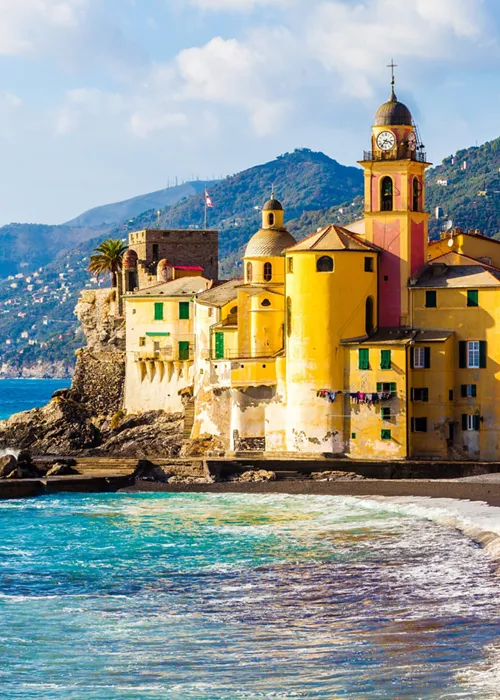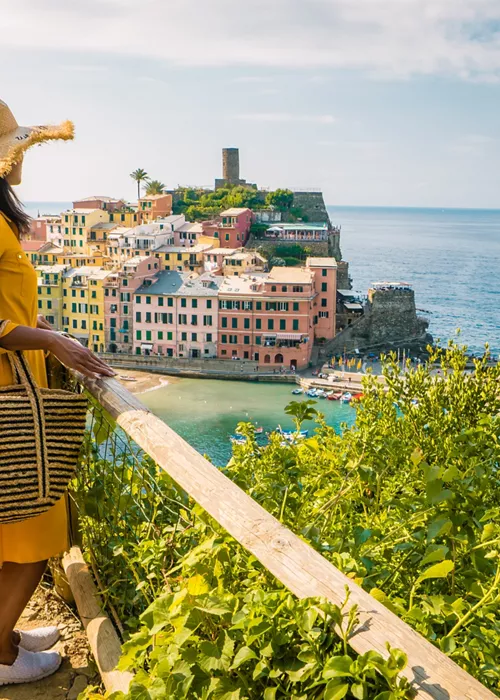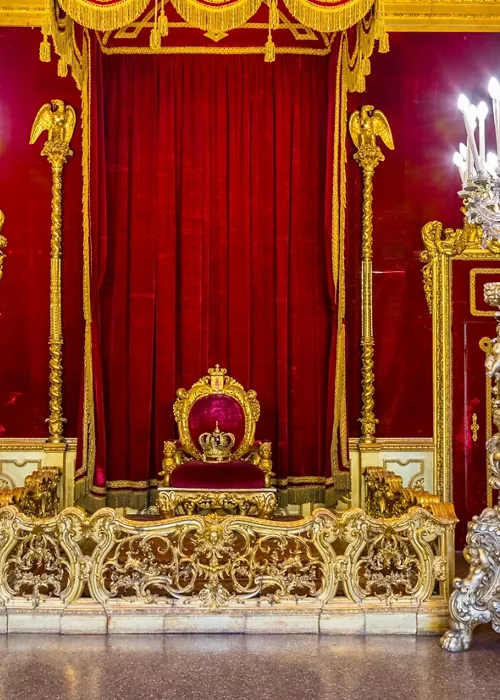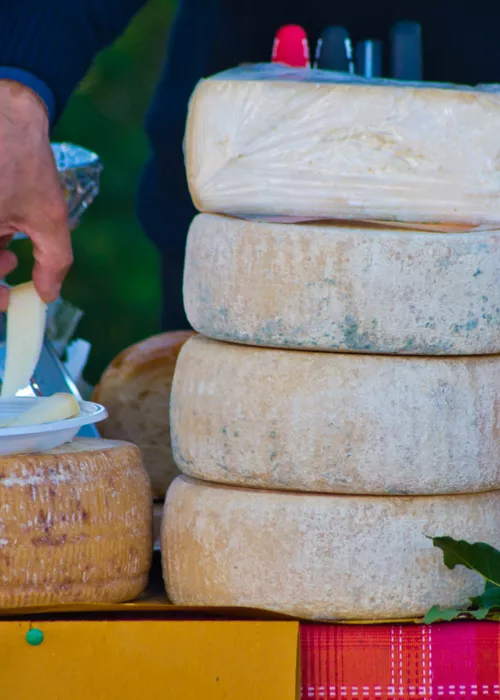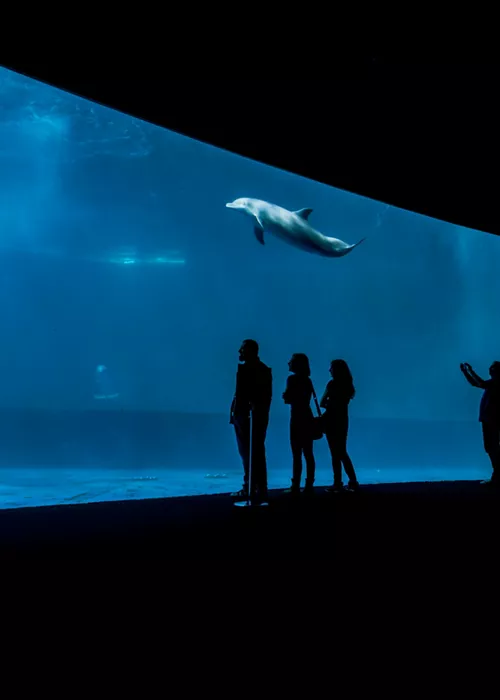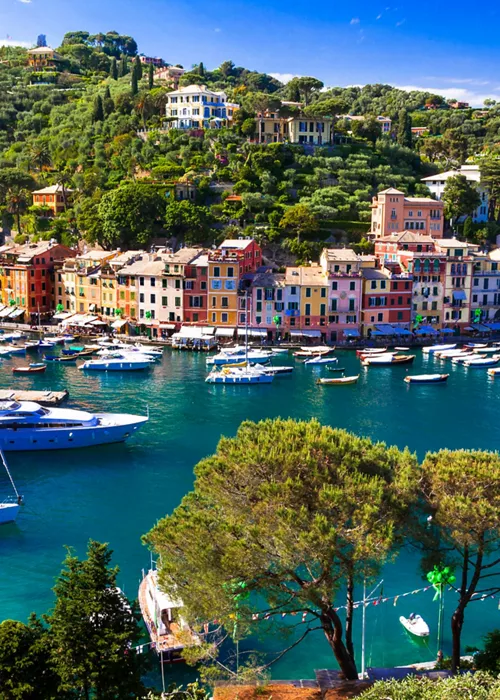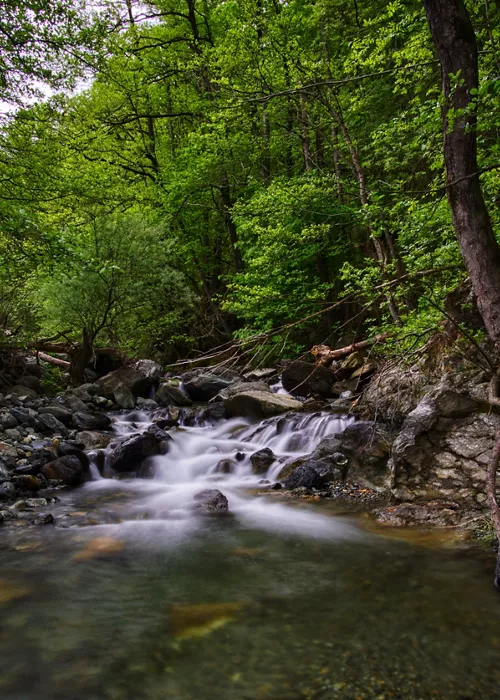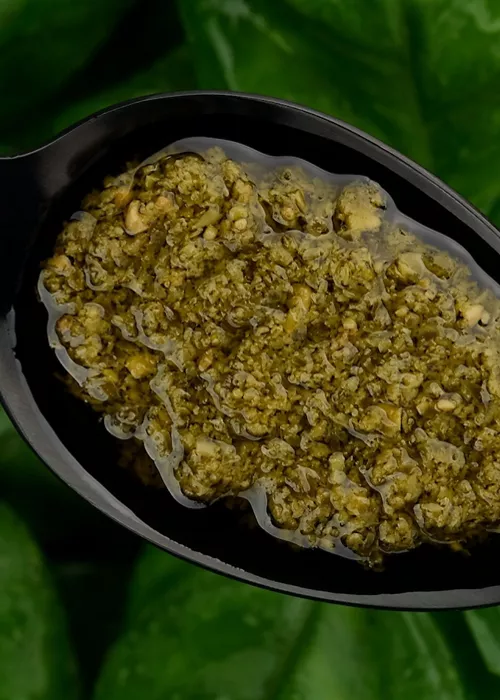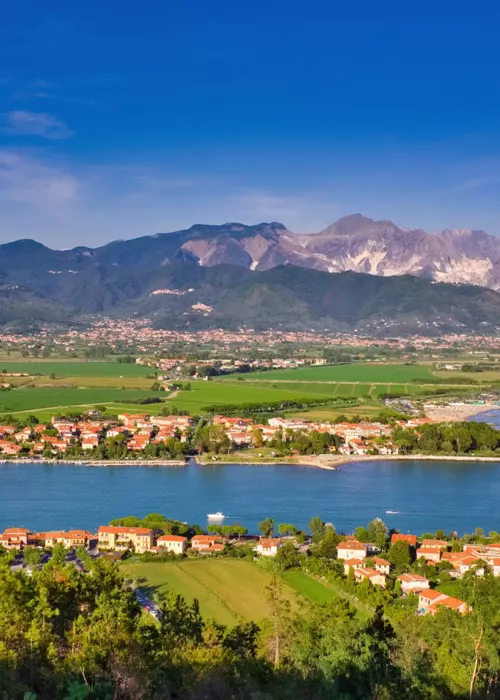Basilica of San Biagio: the splendour of the 17th century
San Biagio is one of the most splendid Baroque churches in western Liguria because of the richness of its marble and the works of art preserved in it, such as the original white marble pulpit and the balustrade with angels.
The present building is the final phase of a complex story: of the original medieval church, only the apse remains, while the elegant and slender octagonal bell tower, erected on a tower of the surrounding city walls, dates back to the Renaissance phases of the church.
In 1372, the Borgo Community decided to move the church within the walls. The new church, which had already been practically completed in 1375, was built in the vicinity of the bridge, adjacent to the walls, at the entrance to the Borgo.
After the radical 17th-century reconstruction, only the polygonal apsidal part of the mediaeval church, protruding from the Borgo's city walls, and the splendid campanile erected around 1463 on a semicircular tower are preserved.
In 1571, the church was ransacked by German soldiers sent by the Emperor to prevent the Genoese occupation of the Marquisate of Finale.
After the handover of Finale to Spain in 1602, the General Council of the Borgo Community decided to build a grand new basilica. The Baroque church, begun in 1634 to a design by the architect Andrea Storace from Finale, was only finished in 1659 and finally consecrated in 1690.
The new basilica had three naves marked by large pillars and had a cross-shaped layout with a dome at the crossing of the transept.
In later years, the church was enhanced with altars placed at the sides of the transept and on the sides of the aisles. The white marble pulpit, original work of the Genoese sculptor Pasquale Bocciardo, dates back to 1765, while his son Girolamo Bocciardo was responsible for the splendid balustrade with angels supporting the Eucharistic tablecloth and, in collaboration with Andrea Casareggio, the high altar.
The marble mausoleum of the last Sforza marquis Andrea Del Carretto, executed in 1604 by Battista Orsolino for the presbytery of the Dominican church, was relocated on the external counter façade of the parish church. In this way, the basilica of San Biagio became a splendid church, which has few comparisons in Liguria due to the richness of its altars and the high quality of the paintings preserved in it.
The frescoes on the interior of the dome, nave vault and chancel were executed by various artists between 1870 and 1911.




